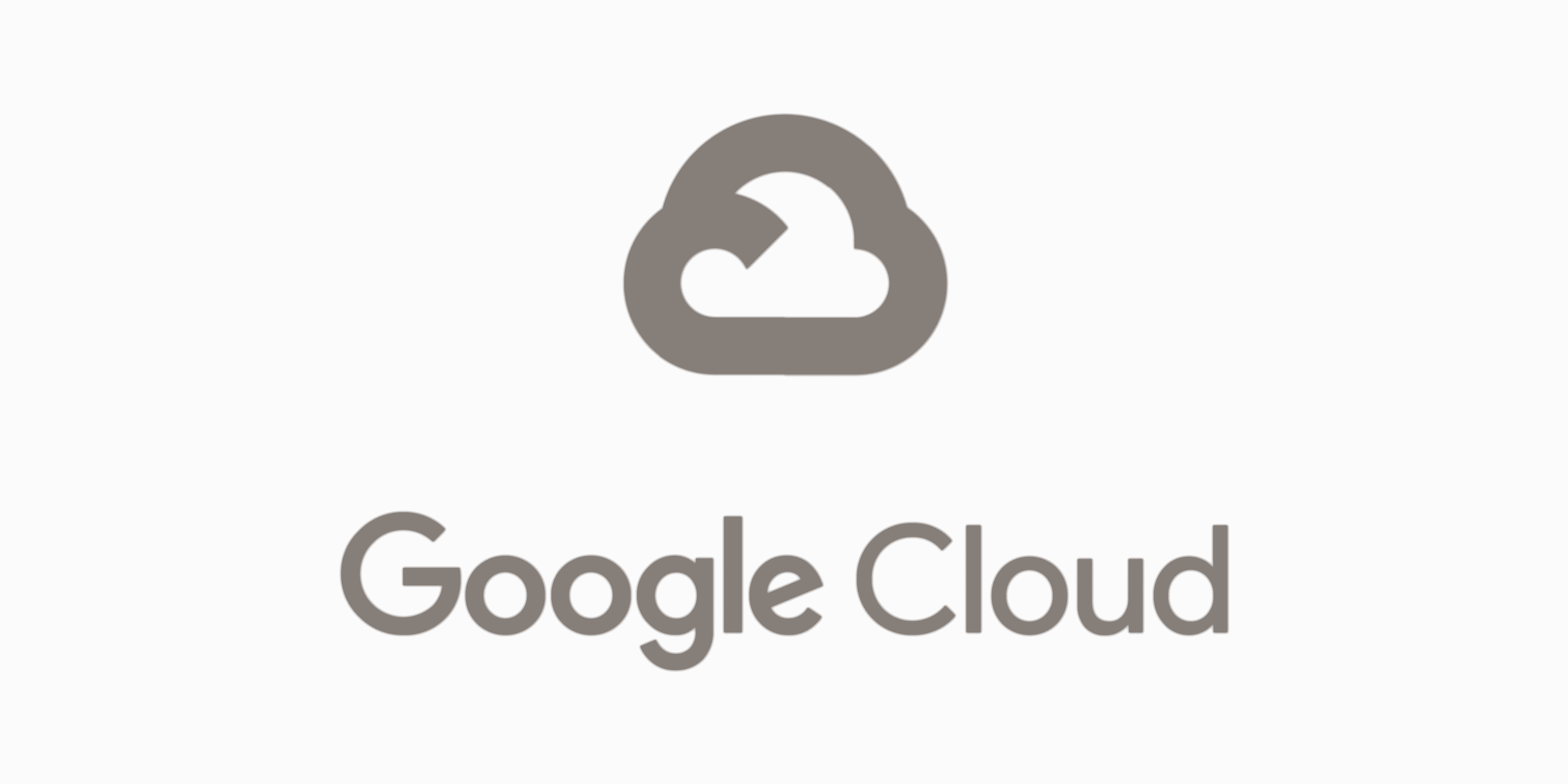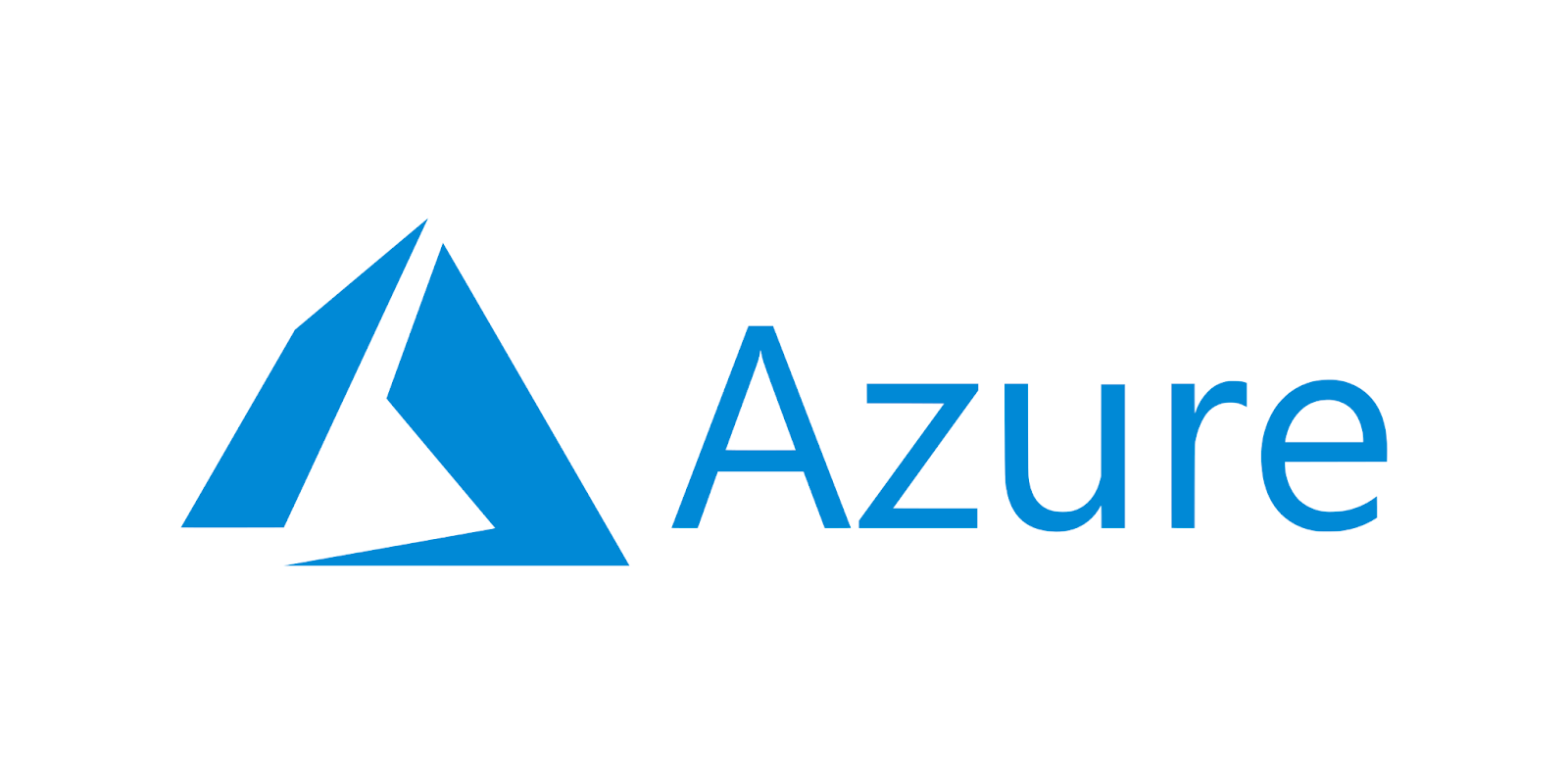Cloud computing is a general term for whatever includes conveying facilitated administrations over the web. These administrations are separated into three primary classes or sorts of cloud computing: foundation as a help (IaaS), stage as a help (PaaS) and programming as a help (SaaS).
A cloud can be private or public. A public cloud offers administrations to anybody on the web. A confidential cloud is a restrictive organization or a server farm that provides facilitated administrations to a set number of individuals, with specific access and consents settings. Private or public, the objective of cloud computing is to give simple, adaptable admittance to processing assets and IT administrations.
Cloud framework includes the equipment and programming parts expected for legitimate execution of a cloud computing model. Cloud computing can likewise be considered utility registering or on-request figuring.
How truly does cloud computing function?
Cloud computing works by empowering client gadgets to get to information and cloud applications over the web from far off actual servers, data sets and PCs.
A web network association connects the front end, which incorporates the getting to client gadget, program, organization and cloud programming applications, with the back end, which comprises data sets, servers and PCs. The back end capabilities as a vault, putting away information that is gotten to by the front end.
Interchanges between the front and back closes are overseen by a focal server. The focal server depends on conventions to work with the trading of information. The focal server utilizes both programming and middleware to oversee availability between various client gadgets and cloud servers. Commonly, there is a committed server for every individual application or responsibility.
Cloud computing depends vigorously on virtualization and computerization advances. Virtualization empowers the simple reflection and provisioning of administrations and basic cloud frameworks into intelligent elements that clients can ask for and use. Robotization and going with organization capacities furnish clients with a serious level of self-administration to arrange assets, interface benefits and convey responsibilities without direct mediation from the cloud supplier's IT staff.
What are the various kinds of cloud computing administrations?
cloud computing can be isolated into three general assistance conveyance classes or types of cloud computing:
-
IaaS. IaaS suppliers, for example, Amazon Web Administrations (AWS), supply a virtual server occurrence and capacity, as well as application programming connection points (APIs) that let clients relocate jobs to a virtual machine (VM). Clients have a designated stockpiling limit and can begin, stop, access and arrange the VM and capacity as wanted. IaaS suppliers offer little, medium, enormous, extra-huge, and memory-or register enhanced occasions, as well as empowering customization of examples, for different responsibility needs. The IaaS cloud model is nearest to a far off server farm for business clients.
-
PaaS. In the PaaS model, cloud suppliers have advancement apparatuses on their foundations. Clients access these devices over the web utilizing APIs, online interfaces or entryway programming. PaaS is utilized for general programming improvement, and numerous PaaS suppliers have the product after it's created. Normal PaaS items incorporate Salesforce's Lightning Stage, AWS Flexible Beanstalk and Google Application Motor.
-
SaaS. SaaS is a circulation model that conveys programming applications over the web; these applications are many times called web administrations. Clients can get to SaaS applications and administrations from any area utilizing a PC or cell phone that has web access. In the SaaS model, clients get to application programming and data sets. One normal illustration of a SaaS application is Microsoft 365 for efficiency and email administrations.
Qualities and benefits of cloud computing
Cloud computing has been around for quite a few years at this point, and the present cloud computing foundation exhibits a variety of qualities that have brought significant advantages for organizations, all things considered. A portion of the primary qualities of cloud computing are the accompanying:
-
Self-administration provisioning. End clients can turn up registered assets for practically any kind of responsibility on request. An end client can arrange registering abilities, for example, server time and organization stockpiling, taking out the conventional requirement for IT overseers to arrange and oversee process assets.
-
Flexibility. Organizations can unreservedly increase as registering needs increase and scale down again as requests decline. This kills the requirement for enormous interests in nearby foundations, which may or probably won't stay dynamic.
-
Pay per use. Register assets are estimated at a granular level, empowering clients to pay just for the assets and jobs they use.
-
Responsibility strength. CSPs frequently execute excess assets to guarantee versatile capacity and to keep clients' significant jobs running - - frequently across various worldwide districts.
-
Movement adaptability. Associations can move specific jobs to or from the cloud - - or to various cloud stages - as wanted or naturally for better expense investment funds or to involve new administrations as they arise.
-
Wide organization access. A client can get to cloud information or transfer information to the cloud from anyplace with a web association utilizing any gadget.
-
Multi-tenure and asset pooling. Multi-tenure allows various clients to have similar actual foundations or similar applications yet still hold protection and security over their own information. With asset pooling, cloud suppliers administrate various clients from similar actual assets. The asset pools of the cloud suppliers ought to be enormous and adequately adaptable so they can support the necessities of numerous clients
What are the drawbacks of cloud computing?
Notwithstanding the unmistakable potential gains to depending on cloud administrations, cloud computing conveys its own difficulties for IT experts
-
Cloud security. Security is much of the time considered the best test confronting cloud computing. While depending on the cloud, associations risk information breaks, hacking of APIs and points of interaction, compromised qualifications and verification issues. Besides, there is an absence of straightforwardness in regards to how and where delicate data shared with the cloud supplier is taken care of. Security requests cautious regard for cloud arrangements and business strategy and practice.
-
Cost eccentrics. Pay-more only as costs arise membership plans for cloud use, alongside scaling assets to oblige fluctuating responsibility requests, can make it extreme to characterize and anticipate last expenses. Cloud costs are likewise regularly associated, with one cloud administration frequently using at least one other cloud administrations - - all of which show up in the repetitive month to month bill. This can make extra spontaneous cloud costs.
-
Absence of capacity and skill. With cloud-supporting advancements quickly propelling, associations are battling to stay aware of the developing interest for devices and representatives with the legitimate ranges of abilities and information expected to modeler, send, and oversee responsibilities and information in a cloud.
-
IT administration. The emphasis on DIY capacity in cloud computing can make IT administration troublesome, as there is zero power over provisioning, deprovisioning and the executives of foundation tasks. This can make it trying to oversee dangers and security, IT consistency and information quality appropriately.
-
Consistence with industry regulations. While moving information from on-premises nearby capacity into distributed storage, overseeing consistency with industry guidelines through an outsider can be troublesome. It's critical to know where information and responsibilities are really facilitated to keep up with administrative consistent and appropriate business administration.
-
The board of numerous mists. Each cloud is unique, so multi-cloud arrangements can disjoint endeavours to address more broad cloud computing difficulties.
-
Cloud execution. Execution - - like inactivity - - is to a great extent past the control of the association contracting cloud administrations with a supplier. Organization and supplier blackouts can obstruct efficiency and upset business processes in the event that associations are not ready with alternate courses of action.
-
Building a confidential cloud. Architecting, fabricating and overseeing private mists - - whether for its own motivation or for a half breed cloud objective - - can be an overwhelming undertaking for IT offices and staff.
-
Cloud movement. The method involved with moving applications and different information to the cloud frequently causes complexities. Movement projects as often as possible take more time than expected and go over financial plans. The issue of responsibility and information bringing home - - moving from the cloud back to a nearby server farm - - is frequently disregarded until unexpected expense or execution issues emerge.
-
Seller secure. Frequently, exchanging between cloud suppliers can cause huge issues. This incorporates specialized inconsistencies, lawful and administrative constraints and significant expenses brought about from sizable information relocations.



